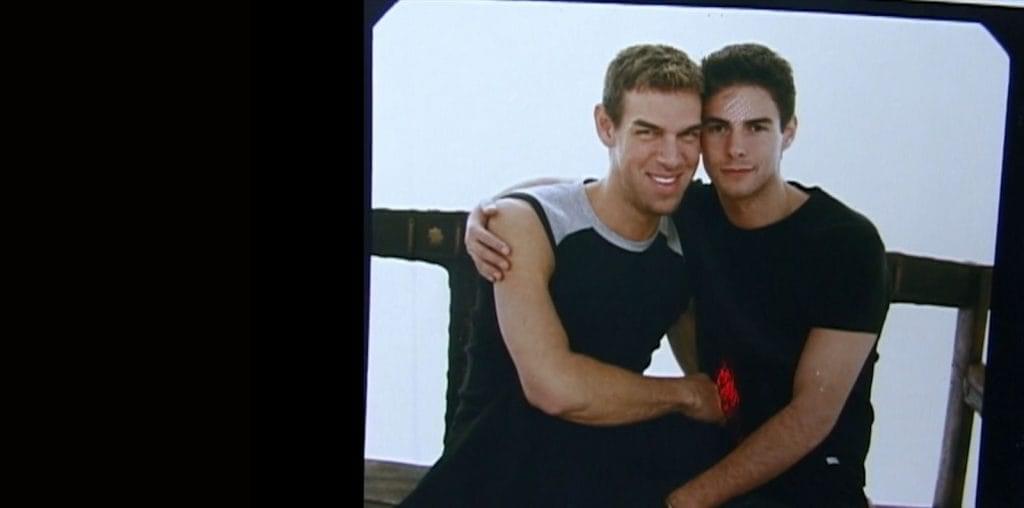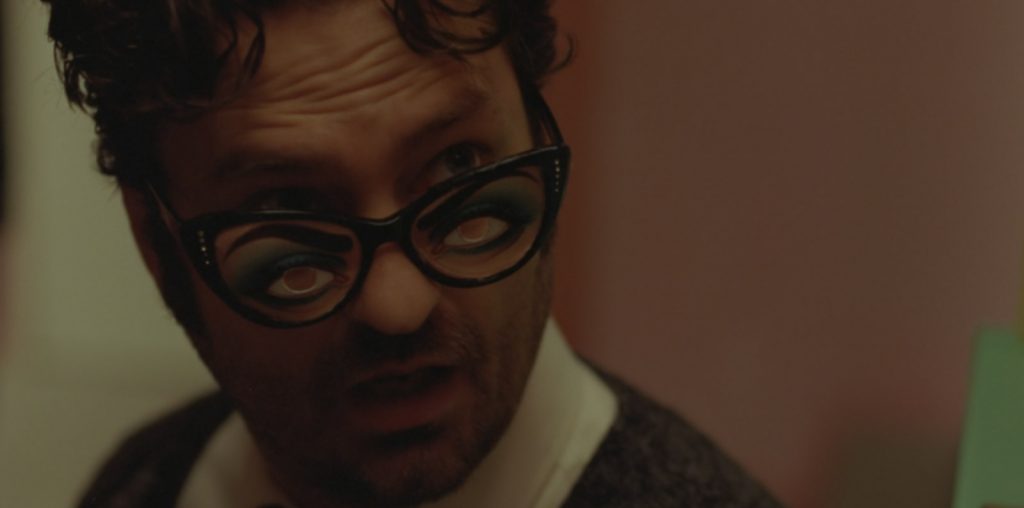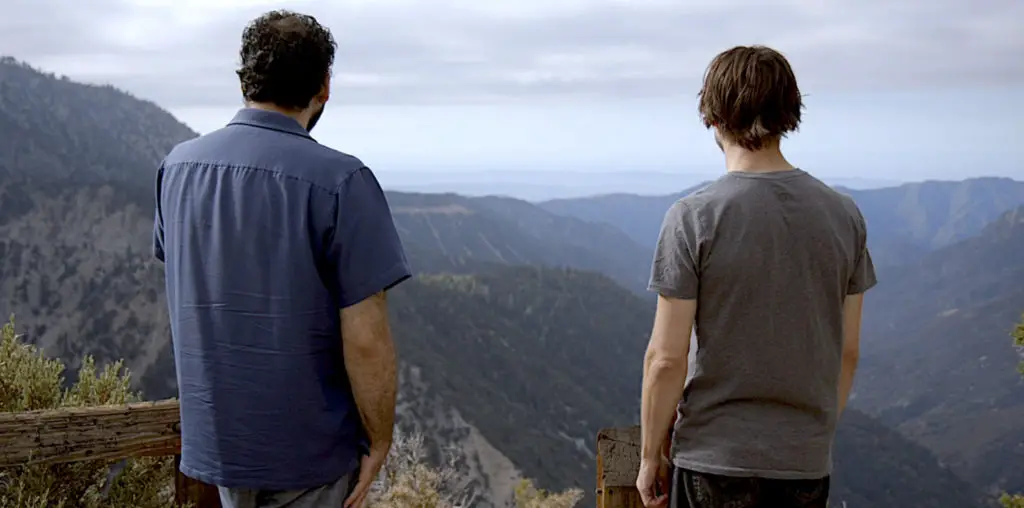
If you haven’t seen the original by now, I have no idea why you’re even reading this. If you’re still here, this is what it’s all about: once upon a time back in the 1970’s, we used to have these things called horror films. These were not the sad, pathetic beasts you know today, small things coated in a slimy layer of irony. No, these were vicious monsters created by ambitious, desperate men. Their teeth would cut so deep, they would leave a mark on your dreams. Most of these “horror” films were created with little money for the smallest of distributors. EXCEPT, for one film. All the other beasts must stand in its shadow. Its creator was not a well man, but was a genius. His name is William Friedkin. After nearly two years and over 200 days of shooting, his greatest achievement was complete. His mind and body were so harmed that his subconscious created vast mental barriers to prevent him from ever hurting himself in such a way again. It didn’t matter. It was done. It was “The Exorcist.”
Proud of what he had wrought, he revealed his work to the man who first imagined such a thing, author of the screenplay and novel, William Peter Blatty. He was most pleased. The crazed director had succeeded beyond the writer’s wildest dreams. All was good in the world. Then, Friedkin had some doubts. Second-guessing himself, he cut the film again, without Blatty’s knowledge, primarily to tighten up the pacing and get the film down to two hours. Its author has been bugging him about it ever since.
I would presume you know the story. Girl meets dispossessed demon. Girl gets possessed. Mom doesn’t approve. Mucho freaky s**t ensues.
Cut to two years ago. Following a special 25th anniversary screening at Mann’s Chinese Theater in Hollywood, Warner Brothers agreed to pony up the cash to properly restore the deteriorating film. Blatty and Friedkin (tired of Blatty’s nagging) pushed for this new version that approximates what the director first screened for the writer and the studio went for it. Now don’t call it a director’s cut. The original, released version was the director’s cut. For all intents and purposes, this new version qualifies mostly as the screenwriter’s cut. Despite all the success of the film, Blatty was not happy with it until now.
I’m not going to tell you exactly what’s different. I’ve spent way too much time researching the film and talking to Blatty and Friedkin for the extensive article in the first issue of Total Movie magazine, currently on the newsstands. I’ll tell you this, however: Prior to the advance screening, I watched the original three times on DVD in the week before alone. You’d think I’d be used to it, but when the lights went down, I quickly figured on an all-new experience.
The first thing that hits you is the sound. It was remixed from scratch for the kind of systems theatres have today. It’s much louder, and far more unnerving. If this were all there is, it would be good, BUT there is that 12 minutes or so of new footage. It comes in three areas. First is a long section that better demonstrates Regan MacNeil’s progression into her final state. Second, is a group of new footage and, uh, some other stuff (heh, heh) around the time of Burke Denning’s demise. Finally, there is the ending with several new scenes. That section is now at an action film pace and we get quite a bit of character development, particularly with Max Von Sydow’s Father Merrin. A favored scene of Blatty’s that originally ended the movie has also been restored, one that may alter the viewer’s perception of the movie as they exit back into the light.
I hope this is not revealing too much, because the only question that really needs to be answered is, “Is the movie really any better?” I’d have to say “Yes.” It’s a slightly different animal now. It’s a little longer and a little more concerned with story. Its bark has grown though, and there’s still no serious challenger to its title of “The Greatest Horror Movie Ever Made”. I don’t necessarily agree with every single little change that was made, but I’m glad that this masterpiece, in any unadulterated form, has the opportunity to educate the newer generations about what a horror film is supposed to look like.


